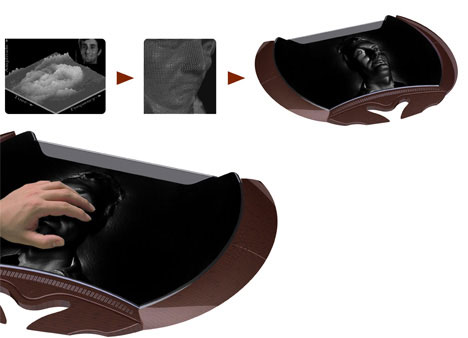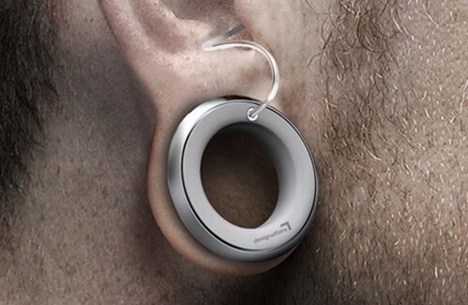Age at startup: 15 & 17
Company: My Year Book
Net Worth: $10 million

Catherine persuaded their older brother, Geoff, who was a budding internet entrepreneur at the time, to invest $250,000 in their idea. The site was launched in April 2005 and 950,000 members joined in the first year.
Fast forward 5 years, and the site has a net worth of around $10 million.
#2 – Ashley Qualls
Age at startup: 14
Company: Whatever Life
Net Worth: $4 million

(Youtube Link)
#3 – Juliette Brindak
Age at startup: 10
Company: Miss O and Friends
Net Worth: $15 million

Miss O is a website by girls, for girls to build self-esteem, positivity and good sense of self. It’s visited by millions of girls each month in the age range 8-12, which Juliette like to call ‘tweens’.
When Juliette was 16 she released her first book in the summer of 2006 which sold over 120,000 copies. Now, her business at 20 years old is worth $15 million.

#4 – Paul Bourque
Age at startup: 18
Company: Affiliate Marketer
Net Worth: $300,000/month
Bio: Paul Bourque was 18 when he started browsing ways to make money on the internet. He stumbled across affiliate marketing, and after profiting in the first month he couldn’t turn away.
His first month’s revenue was around $600, and in less than a year Paul’s earning over $300,000 a month from AzoogleAds.
He currently works full time as an affiliate marketer, but also runs an affiliate marketing blog where he shares tips and tricks.
#5 – Ben Kaufman
Age at startup: 18
Company: Mophie, Kluster and Quirky
Net Worth: $5-10 million/year

He later went on to launch Kluster, ‘a collaborative decision making platform’. At 22, his latest venture is a website called ‘Quirky‘. The site enables anyone with a good idea to get it manufactured – if successful they will earn a royalty percentage.

















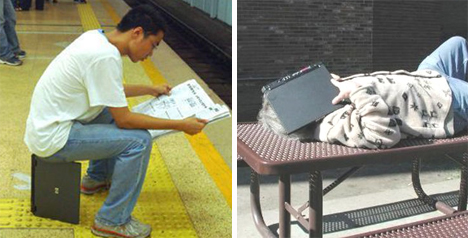
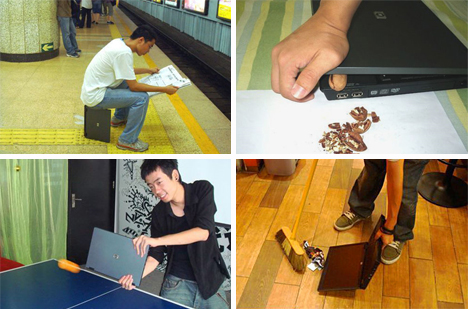
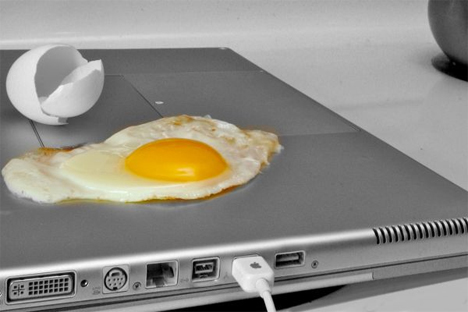
 If you ever visit the
If you ever visit the 
 Digital music mixing has all but overtaken the older, analog method. Awesome hardware and software have made it easier than ever for just about anyone to mix like a pro. This
Digital music mixing has all but overtaken the older, analog method. Awesome hardware and software have made it easier than ever for just about anyone to mix like a pro. This 








